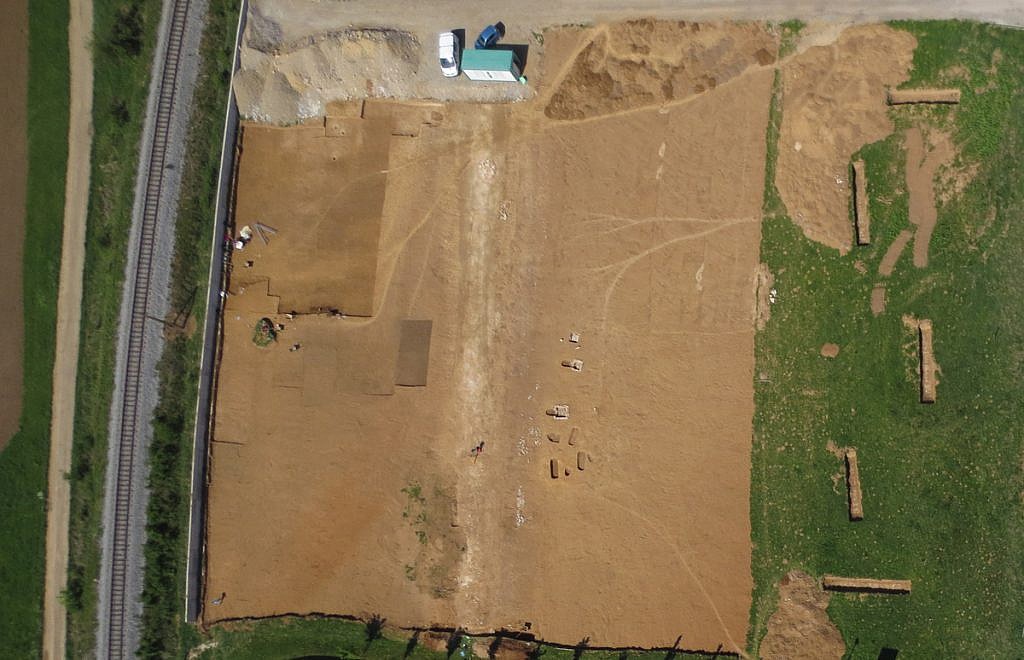For scientific projects and research of archaeological heritage, a comprehensive overview of the landscape and its elements is essential. It is also useful to have a look from different perspectives on the area in question. At the same time, it is very important not to interfere with or affect the environment in which your research work is conducted.

Thanks to the remote sensing engineering, researchers have access to advanced and non-destructive methods of obtaining spatial data. For these matters, the most established methods include aerial photography and LIDAR earth surface laser scanning. Since it never disrupts the environment, a small drone is the most appropriate means of support for such projects. Even in sensitive areas, its low weight, flexible materials, low speeds and absence of noise allow the drones taking off and landing without making any damage to the environment. In the heavily forested Slovenia, LIDAR technology is of a paramount importance. It enables accurate measuring of the earth’s surface including all vestiges of the past hidden under vegetation cover. Obtaining data from laser scanning makes especially sense when investigating large areas of overgrown terrain, where aerial photography cannot penetrate through the vegetation of the earth’s surface.
Most of the archaeological sites become visible through the colour symbols (e.g. underground), or signs of vegetation (e.g. differences in growth and ripening of crops) and when specific conditions are present, such as drought, floods, low light, or a certain level of plant growth. Our professional interpretation of aerial photographs enables easier detecting of changes and deviations in the landscape possibly identifying new archaeological sites. Even more. Preforming cyclic recording we monitor their conditions and changes in their environment. As a result, their placement and role in the region are much better understood and, as a consequence, they are better protected against reckless interventions.
